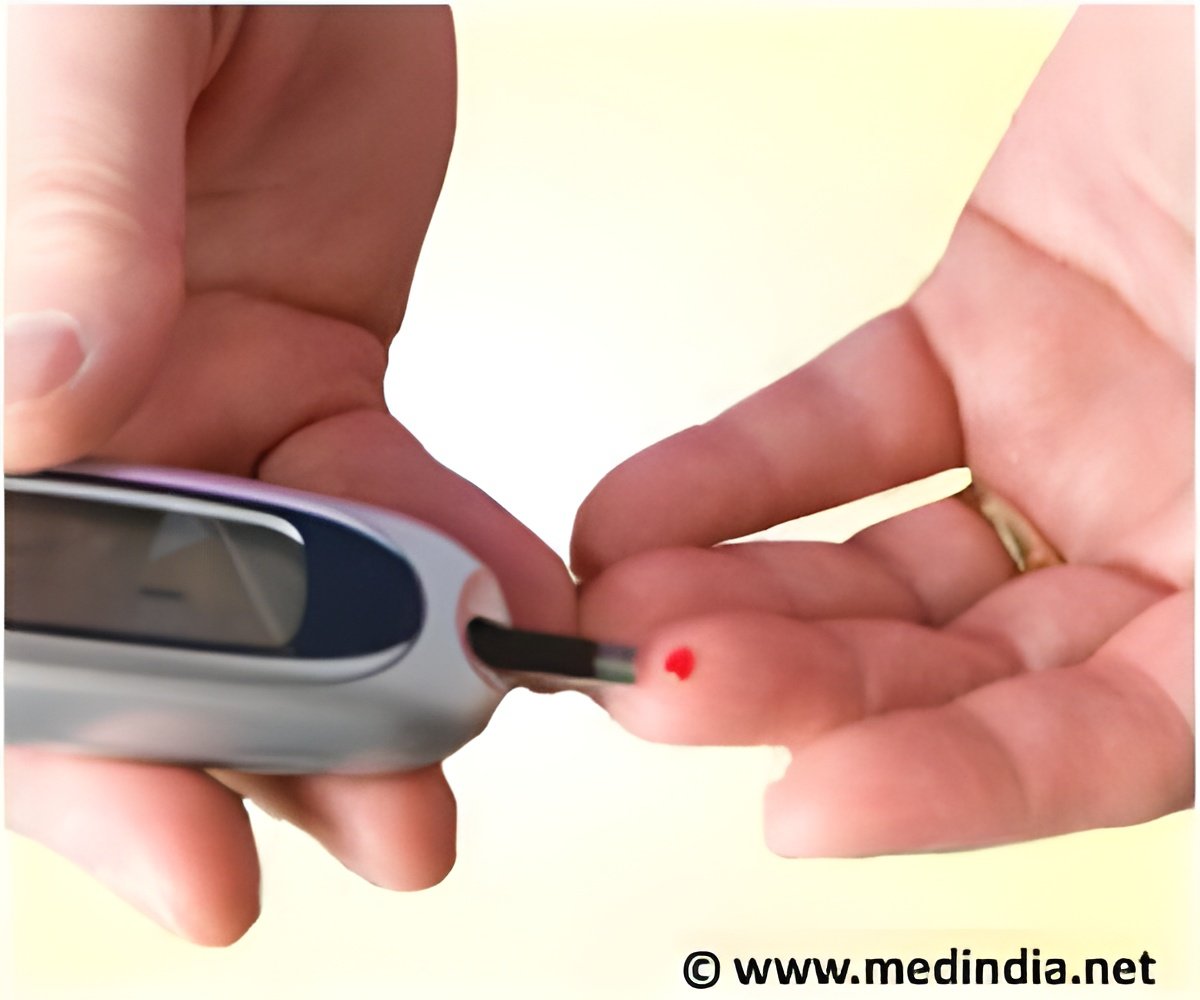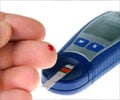According to a recent study, a person’s glucose tolerance status is a better predictor of diabetes and cardiovascular disease outcomes than metabolic syndrome.

Abnormal glucose levels before a person is diagnosed with diabetes mellitus (DM) is known as “prediabetes” and consists of two subcategories-- impaired fasting glucose (IFG) and impaired glucose tolerance (IGT). These conditions are classified based on glucose levels in fasting state and after glucose administration.
Prediabetes increases a person’s risk for cardiovascular diseases. IGT has been linked to microvascular disease, retinopathy (damage to eyes) and microalbuminuria (protein in the urine due to kidney damage), which are usually conditions associated with diabetes, while both IFT and IGT are linked to increased risk for DM.
Metabolic Syndrome (MetS) is a cluster of symptoms that predisposes an individual to cardiovascular events. MetS symptoms include abdominal obesity, insulin resistance, abnormal levels of fat in the blood (dyslipidemia) and hypertension. Studies have shown that there is a higher prevalence of MetS (85%) in type 2 DM patients when compared to the general population (24%).
The aim of this study was to assess the significance of OGTT results in predicting the development of DM and cardiovascular disease (CVD) in patients with or without MetS, in a population at risk for type 2 DM.
The study was conducted on 148 patients regularly attending the primary care unit of a hospital.
All subjects had to go through an OGTT, between January and December 2005; and then between January and February 2010, their clinical charts were checked to evaluate progress, if any, to DM or CVD.
• Clinical -- age, gender, ethnicity, family history of type 2 DM, history of hypertension, blood pressure levels, smoking and physical activity
• Anthropometrical --weight, height, and waist circumference
• Laboratory data --- fasting glucose, fasting OGTT and after 2 h, post-challenge glucose levels, creatinine, and lipid profile.
A total of 148 patients formed the subjects of the study. The OGTT results revealed that, 29% of the patients had normal blood sugar, 28% had IFG, 26% had IGT and 17% had DM. The prevalence of hypertension was greater in those with DM while the BMI was higher in the IGT group, when compared with the normal group.
It was observed that during the observational period, DM did not develop in any patient with normal OGTT. However, 5 persons (16%) with IFG an d28% with IGT developed DM.
As expected, MetS individuals had a higher incidence of DM, in comparison with those without metabolic syndrome. However, the glucose status of an individual was a better predictor of DM development, as no patient with normal OGTT developed DM, irrespective of their status regarding metabolic syndrome.
Presence of diabetes at the baseline was the major determinant of developing cardiovascular disease. Participants who developed CVD had both diabetes and metabolic syndrome.
In the current study, the glucose tolerance status, regardless of MetS status, was a better indicator of DM and CVD development than metabolic syndrome.
Reference:
"Glucose tolerance status is a better predictor of diabetes and cardiovascular outcomes than metabolic syndrome: a prospective cohort study": Camila Furtado de Souza et al; Diabetology and Metabolic Syndrome (2012)
Source-Medindia















